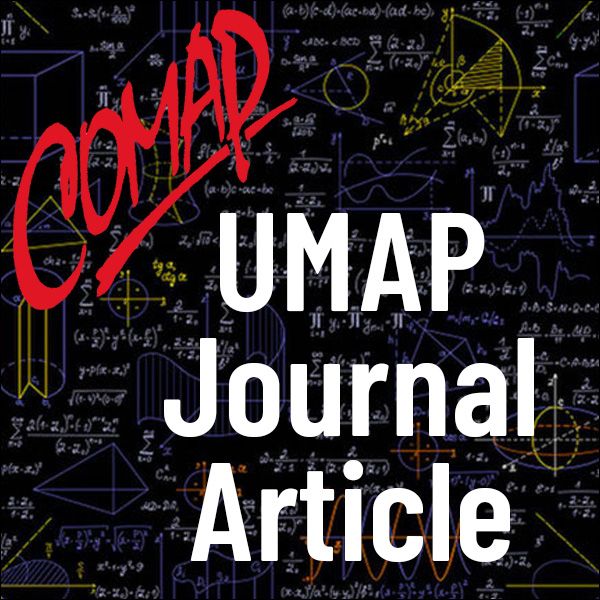Minimodule: Converting to a Roth IRA
Author: Floyd Vest
Background
Federal tax rules provide for two particular kinds of personal retirement accounts:
• Traditional IRA: In a tax-advantaged ("deductible") individual retirementaccount( IRA),thetaxadvantageis thatcontributionsaremadewith "before-tax" dollars; that is, taxable income is reduced by the amount of contribution to the account. Withdrawals in retirement of the original principal and accumulated interest are taxed as income at the time of withdrawal. Taxes are thereby postponed until after retirement, when the individual's tax rate may be lower.
• Roth IRA: Contributions to a Roth IRA are made with after-tax funds, and principal and interest withdrawn in retirement are tax-free. (A Roth IRA can have further advantageous aspects not immediately relevant to our considerations.)
In both cases, themaximum contribution limit per year is $5,000 ($6,000 if over 50 years of age).
In the past, taxpayers under a certain income limit could convert a Traditional IRA to a Roth IRA by paying income tax on the amount converted in the year of conversion. The income limits were abolished in 2010, and a special provision (designed for short-term tax revenue enhancement) allowed taxpayers an additional option, to make a conversion in 2010 but pay no income tax on it in 2010, spreading the tax for the conversion evenly over 2011 and 2012. (Conversions after 2010 do not allow such two-year spreading.)
Why would a person want to convert to a Roth IRA? If there will be higher tax rates in years ahead, or if you are temporarily in a lower tax bracket for a particular year, you could benefit by converting.

Mathematics Topics:
Application Areas:
You must have a Full Membership to download this resource.
If you're already a member, login here.